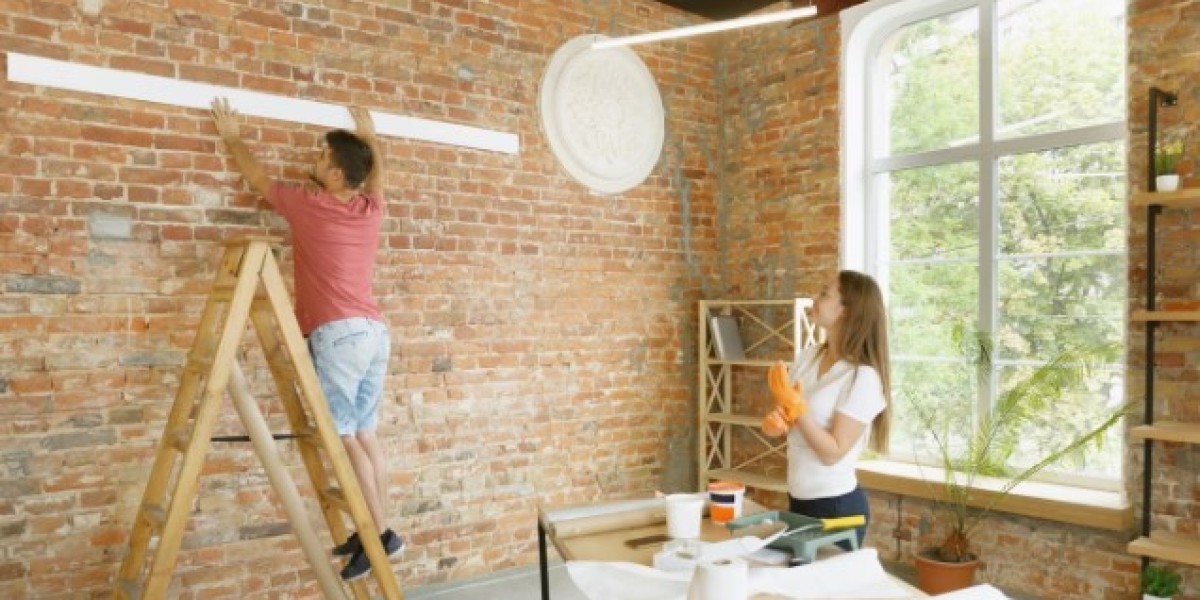Triplex cable is a type of overhead power distribution cable that consists of three insulated conductors twisted together. It typically includes two conductors for carrying current (usually made of aluminum) and a third neutral conductor, which is also insulated. The insulation is often made of cross-linked polyethylene (XLPE) or similar materials, providing durability and resistance to environmental factors.
2. Structure and Configuration
- Conductor Types: The conductors in triplex cables can vary in size and material, but they are commonly composed of aluminum due to its lightweight properties and excellent conductivity.
- Twisting Configuration: The conductors are twisted together to form a compact and flexible assembly, which reduces the risk of electrical interference and enhances mechanical stability.
- Insulation: Each conductor is insulated to prevent electrical leakage and ensure safety. The insulation helps in withstanding harsh environmental conditions, such as UV exposure, moisture, and temperature fluctuations.
The Role of Triplex Cable in Electrical Distribution Systems
1. Applications
Triplex cables are primarily used in overhead electrical distribution systems, including:
- Residential Services: They are often employed to supply power from utility poles to residential homes.
- Commercial Applications: Used in commercial buildings for reliable and efficient power distribution.
- Rural Electrification: Commonly deployed in rural areas where underground cabling might be impractical due to high costs.
2. Advantages Over Traditional Wiring
- Reduced Installation Costs: Triplex cables eliminate the need for additional neutral conductors, leading to lower material costs and simplified installation procedures.
- Improved Aesthetic Appeal: The compact design reduces the visual clutter of multiple wires, making it more aesthetically pleasing when installed overhead.
- Enhanced Safety Features: The insulation protects against electrical faults, reducing the risk of short circuits and electrical fires.
Efficiency of Triplex Cable
1. Current Carrying Capacity
Triplex cables are designed to handle substantial current loads. Their design ensures that the current flows efficiently with minimal energy loss. The configuration allows for better heat dissipation compared to traditional wiring methods, which may struggle under high loads.
2. Reduced Voltage Drop
Voltage drop can be a significant issue in electrical systems, leading to inefficient power delivery. Triplex cables minimize voltage drop due to their lower resistance, ensuring that appliances receive the necessary voltage for optimal operation.
3. Enhanced Load Balancing
The three conductors in triplex cables facilitate better load balancing across the electrical distribution system. This helps in distributing electrical loads evenly, which is crucial in preventing overloads and ensuring system reliability.
Safety Considerations
1. Insulation and Protection
The insulation used in triplex cables plays a vital role in safety. It prevents accidental contact with live conductors, reducing the risk of electric shock. The materials used for insulation are also resistant to various environmental conditions, enhancing long-term safety.
2. Grounding and Neutral Conductors
The inclusion of a neutral conductor in triplex cables aids in grounding, which is essential for protecting both equipment and individuals from electrical faults. Proper grounding practices can prevent damage during fault conditions and enhance overall safety.
3. Compliance with Standards
Triplex cables are manufactured in compliance with various electrical safety standards, including those set by the National Electrical Code (NEC) and Underwriters Laboratories (UL). These standards ensure that the cables are safe for use in various applications.
Installation Process of Triplex Cable
1. Preparation and Planning
Before installation, careful planning is essential. This includes assessing the installation site, determining the required cable length, and ensuring that all necessary tools and materials are available.
2. Mounting Hardware
Proper mounting hardware must be used to secure triplex cables to utility poles or other structures. This hardware includes insulators, clamps, and brackets designed to withstand environmental stressors.
3. Cable Handling
During installation, it is crucial to handle triplex cables with care to prevent damage to the insulation or conductors. Proper lifting techniques should be employed to avoid stress on the cable.
4. Connection to Power Sources
Once installed, the triplex cables need to be connected to transformers or power sources. This process requires attention to detail to ensure secure and reliable connections.
5. Testing and Commissioning
After installation, the system should be tested to verify its functionality and safety. This includes checking for proper grounding, continuity, and insulation resistance.
Comparisons with Traditional Wiring Methods
1. Overhead vs. Underground Wiring
- Installation Ease: Triplex cables can be easier and faster to install than underground wiring, which requires trenching and more complex installation procedures.
- Maintenance: Overhead systems using triplex cables are often more accessible for maintenance, while underground systems can be more challenging to service.
2. Performance Under Load
Triplex cables generally outperform traditional wiring methods regarding current capacity and voltage stability. Their construction minimizes heat generation and energy losses, contributing to overall system efficiency.
3. Environmental Resilience
Triplex cables are designed to withstand harsh environmental conditions, including wind, rain, and snow. Traditional wiring methods may be more susceptible to damage from environmental factors.
Environmental Impact and Sustainability
1. Material Efficiency
The use of aluminum in triplex cables is environmentally friendly, as aluminum is highly recyclable. This reduces the overall carbon footprint associated with cable production.
2. Reduced Ground Disturbance
The overhead nature of triplex cable installation minimizes ground disturbance compared to underground wiring methods. This can be beneficial in sensitive ecological areas.
3. Long-term Durability
With proper installation and maintenance, triplex cables can last for decades, reducing the need for frequent replacements and contributing to sustainability.
Conclusion
Triplex cable plays a critical role in modern electrical distribution systems. Its efficient design, enhanced safety features, and cost-effective installation make it a preferred choice for many applications. By comparing triplex cables to traditional wiring methods, we can see significant advantages in terms of performance, safety, and environmental impact. As electrical demand continues to grow, the relevance of triplex cables in delivering reliable and efficient power solutions will only increase.









